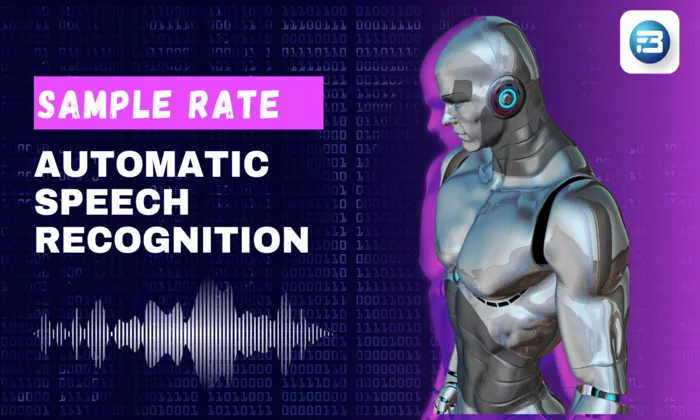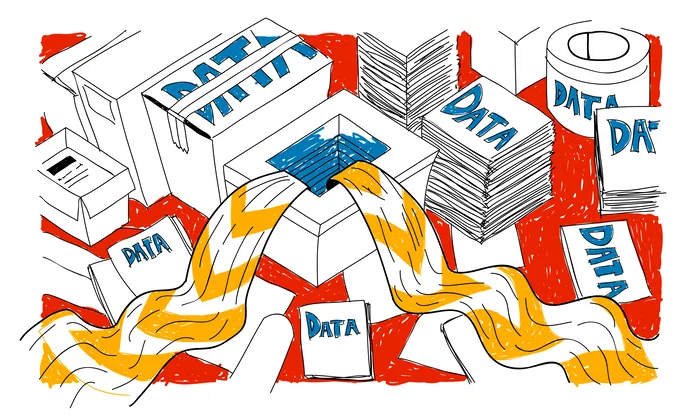How many recordings are needed for a quality wake word dataset?
Wake Word
Voice Recognition
Dataset Quality
Recommended: 1,000–10,000 positive wake-word recordings plus 3–5× negative examples. Augment with noise and dialect samples to hit FRR <1%.
In the fast-paced world of voice recognition, the success of wake word detection systems largely depends on the quality and diversity of the training datasets. For AI engineers, researchers, and product managers in AI-first companies, determining the right number of recordings for a wake word dataset involves understanding several critical factors: the target application, audience diversity, and environmental challenges.
Defining the Ideal Dataset Size
When planning your wake word dataset, consider these key elements:
1. Target Application: Different applications demand varying dataset sizes. For example, a global voice assistant requires a more extensive dataset than one tailored for a niche market.
2. Speaker Diversity: Include a wide range of voices—genders, ages, accents, and dialects—to ensure your model can recognize wake words across diverse demographics.
3. Environmental Factors: Real-world scenarios with background noise and varied acoustic environments should be reflected in your dataset to ensure that your model remains robust in noisy or unpredictable conditions.
Why This Metric Matters
The number of recordings directly influences how well your model learns to recognize speech nuances. More recordings lead to:
- Improved Accuracy: A larger dataset helps the model distinguish between similar-sounding wake words and background noise, reducing errors.
- Generalization: Diverse data enables the model to recognize wake words accurately across various real-world scenarios, minimizing false positives and negatives.
Imagine if your voice assistant failed to wake up in a crowded airport lounge—this is why diverse acoustic samples are crucial.
Data Augmentation Techniques
To reduce the need for massive raw recordings, employ data augmentation:
- Pitch Shifting and Time Stretching: Modify audio recordings to create variations, enriching the dataset without collecting new samples.
- Background Noise Mixing: Simulate real-world environments (e.g., cafes, streets) by mixing in noise, ensuring the model is trained to handle different acoustic conditions.
By augmenting a 5,000-item dataset with noise variants, a company reduced their FRR by 20% in busy cafés.
Performance Metrics
Key metrics for evaluating wake word models include:
- False Acceptance Rate (FAR)
- False Rejection Rate (FRR): Aim for FRR <1%.
Dataset size and diversity are critical for achieving these target metrics.
Edge-Case Coverage
Focus on covering all possible edge cases, such as:
- Dialects and Code-Switching: Capture linguistic variations that occur in real-world interactions.
- Children’s Voices and Worst-Case Scenarios: Ensure your model is adaptable to variations in tone and voice.
Additional samples may be needed if a dialect is underrepresented or if user behavior changes.
Real-World Impacts & Use Cases
Command recognition is vital across industries. For instance, smart home devices rely on wake word datasets to accurately recognize commands in various acoustic settings. Similarly, companies like Amazon and Google utilize both OTS datasets and custom strategies to ensure their systems are adaptable to user diversity.
Strengthen Your Dataset with FutureBeeAI
For retail automation projects needing robust speech data, FutureBeeAI provides both off-the-shelf and custom datasets. Our proprietary YUGO platform ensures structured, scalable, and secure data collection, offering:
- Multilingual, Diverse OTS Datasets: Available in 100+ languages.
- High-Quality Audio Data: 16 kHz, 16-bit WAV format.
- Custom Collections: Tailored to specific needs using YUGO’s 2-layer QA process.
In Summary
- Optimal Recordings: 1,000–10,000 wake-word samples, plus 3–5× negative examples.
- Focus on Diversity: Include various accents, ages, and environments.
- Use Data Augmentation: Enhance dataset without massive raw data collection.
Elevate Your AI with FutureBeeAI
Partner with FutureBeeAI to tailor your wake-word dataset via YUGO’s secure, scalable platform. Achieve the accuracy and reliability your applications demand with our expertise in data collection, annotation, and tooling.
FAQ
Q: What file formats are provided?
A: WAV 16 kHz/16-bit, TXT/JSON transcriptions.
Q: How do you ensure diversity?
A: We ensure balanced quotas across accents, age, gender, and environments for robust data representation.
Q: How is metadata structured?
A: Our metadata includes detailed schema with speaker demographics and recording context.
Get started today with FutureBeeAI to elevate your voice recognition systems. Contact us for a sample or consultation.
What Else Do People Ask?
Related AI Articles
Browse Matching Datasets
Acquiring high-quality AI datasets has never been easier!!!
Get in touch with our AI data expert now!








